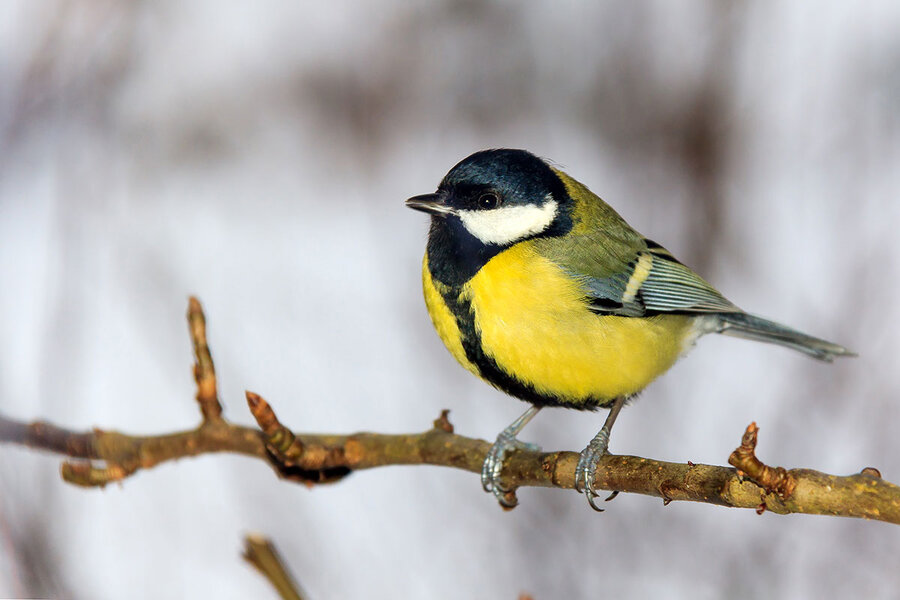Backyard bird feeders prompting beak evolution
Loading...
Bird beaks shaped Charles Darwin’s thinking about natural selection, and now they’re illustrating another chapter in the story of evolution; this time it might be a tale of adaptation to living in a human world.
The scientists behind a study published in the Oct. 20 issue of the journal Science didn’t set out to reveal a human influence on bird evolution. But when they compared the DNA of Dutch and British great tits (Parus major) they found clues of just that.
The key genetic differences between these great tit populations lay in their beaks. As a result, the British birds’ beaks were roughly one millimeter longer than the Dutch birds’ beaks, a change that appears to have taken place in just a few decades.
The scientists studying the great tits suspect a change in human behavior might be behind this dramatic evolution. Backyard bird feeding started becoming popular in Britain in the 1960s. Now, an estimated half of all British households put food out for the birds, says Kate Plummer, a research ecologist at the British Trust for Ornithology, who was not part of the research team. “It’s an enormous pastime for people in [Britain].”
British birds born with longer beaks may have been better able to access the plentiful food source provided by backyard bird feeders, improving their likelihood of surviving to reproduce. Over generations, in an example of natural selection, this adaptation seems to have become widespread through the local population. In other words, human actions could be driving evolution.
“The amazing thing about this study is that it shows a decisive mark on the genomes that was made indirectly by bird feeders,” Christopher Witt, director and curator of birds at the Museum of Southwestern Biology in Albuquerque, N.M., writes in an email. “I think it is very powerful evidence that when we provide any new resources for wild populations, we’re messing with natural selection.”
So are we going too far?
“It’s not inherently a bad thing, but it could have unintended consequences,” Dr. Witt says. “If the bill shape becomes optimized for feeders, the new shape is going to affect how great tits interact with their environment away from feeders.”
Whether these changes will remain permanent is a subject of debate, but adaptation in response to interactions with human communities is likely inevitable, says Eric Wood, an avian ecologist at California State University, Los Angeles. “We are rapidly urbanizing throughout the world,” he says. “Biodiversity doesn’t really have an option other than to live in open areas or protected areas, or have to adapt to urban environments.”
The great tit isn’t the only bird making changes in response to this human-provided resource. The blackcap, Sylvia atricapilla, summers in Germany and Austria, and used to winter exclusively in Spain. But during the past 50 years, a population of blackcaps has shifted to make a different trip during winter, heading north to Britain. Researchers, including Dr. Plummer, have linked this change to backyard bird feeding.
This isn’t just happening in Britain. Hummingbirds and other migratory birds in the United States have also been found to winter in more northerly regions where people put out food for them.
And beaks are changing in the US, too. A study of house finches in urban and adjacent desert areas in Arizona found that the urban birds had evolved larger beaks, possibly correlated with the presence of backyard bird feeders.
“Given the fact that humans have such a massive impact on our planet and with that on the habitat of species on a local scale, it is to be expected that the (human-driven) change in environment will lead to microevolutionary changes and local adaptation of a variety of species,” Mirte Bosse, an ecological geneticist at Wageningen University & Research in the Netherlands and lead author of the great tit study writes in an email.
Research on how wildlife adapts to living in urban environments is just beginning, says Professor Wood. He expects further research to reveal more examples like this.






